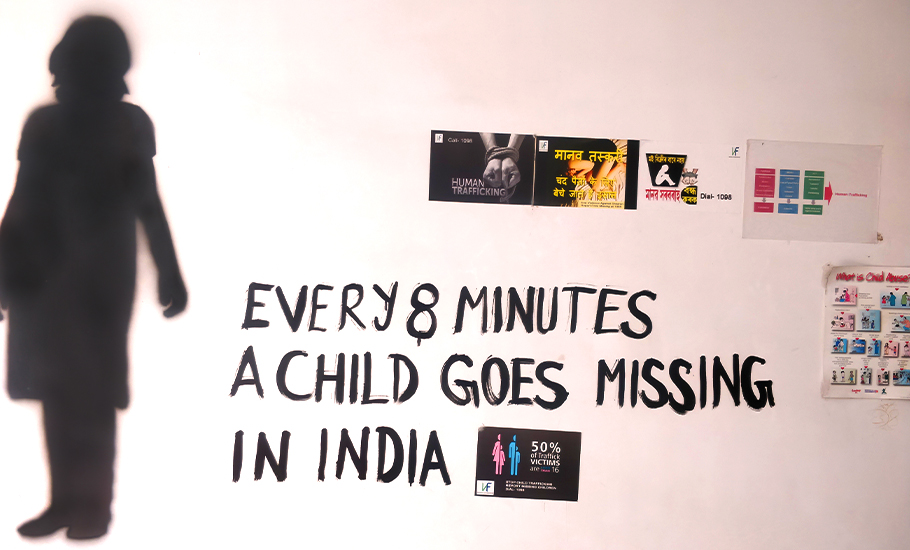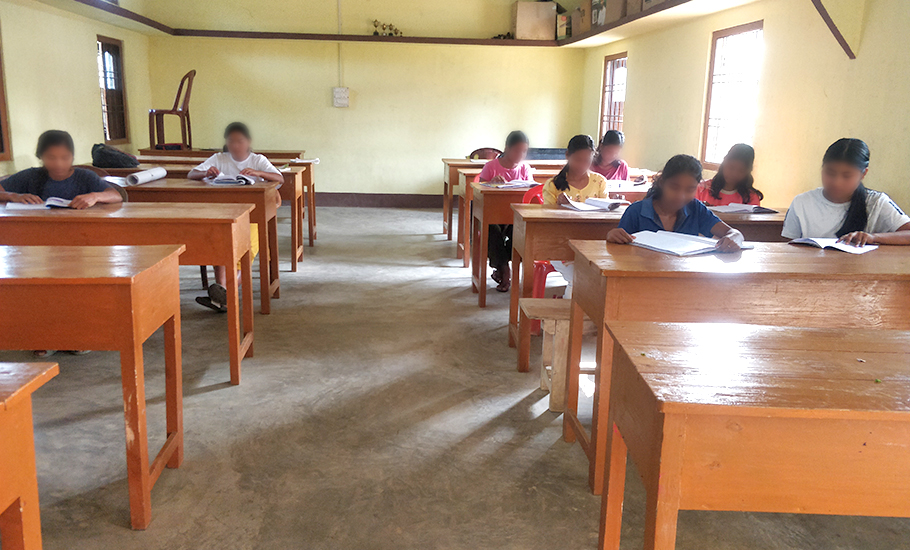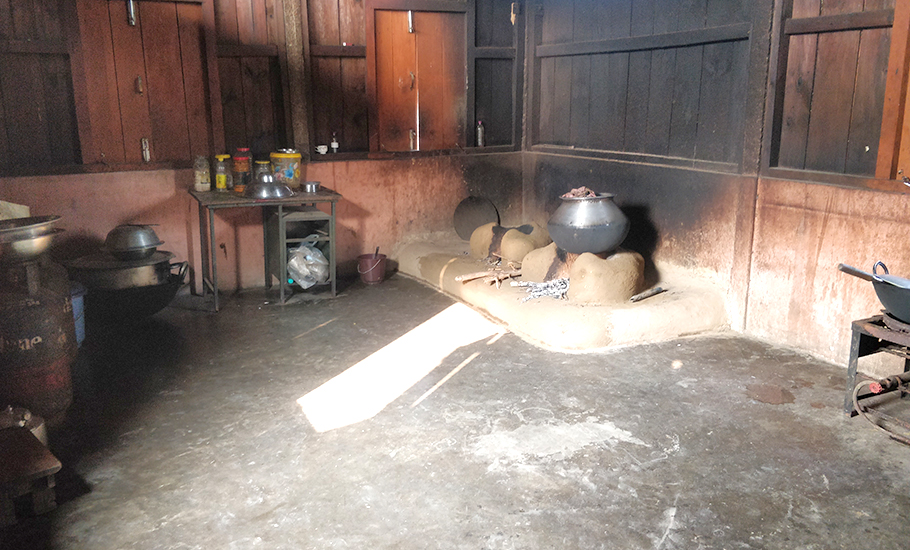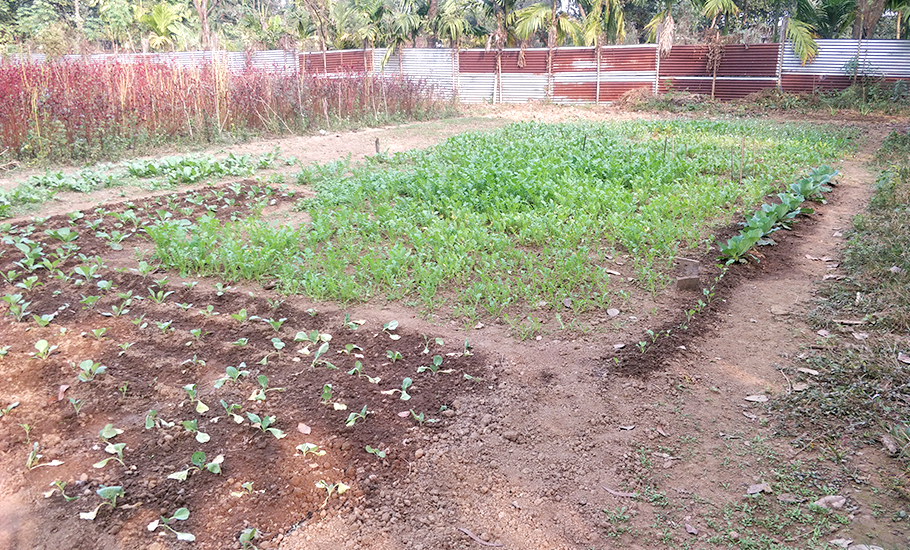
- Home
- News
- Analysis
- States
- Perspective
- Videos
- Education
- Entertainment
- Elections
- Sports
- Features
- Health
- Budget 2024-25
- Business
- Series
- Bishnoi's Men
- NEET TANGLE
- Economy Series
- Earth Day
- Kashmir’s Frozen Turbulence
- India@75
- The legend of Ramjanmabhoomi
- Liberalisation@30
- How to tame a dragon
- Celebrating biodiversity
- Farm Matters
- 50 days of solitude
- Bringing Migrants Home
- Budget 2020
- Jharkhand Votes
- The Federal Investigates
- The Federal Impact
- Vanishing Sand
- Gandhi @ 150
- Andhra Today
- Field report
- Operation Gulmarg
- Pandemic @1 Mn in India
- The Federal Year-End
- The Zero Year
- Premium
- Science
- Brand studio
- Newsletter
- Home
- NewsNews
- Analysis
- StatesStates
- PerspectivePerspective
- VideosVideos
- Entertainment
- ElectionsElections
- Sports
- Features
- BusinessBusiness
- Premium
- Loading...
Premium - India-Canada ties

Once trafficked and raped, how girls from Assam are finding solace and empowerment

It takes at least five hours from Guwahati — where Assam’s capital Dispur is located — to cover a distance of 230 km by road to reach Kokrajhar. Kokrajhar is one of the four districts of Assam’s Bodoland Territorial Region. The other three districts are Baksa, Chirang and Udalgiri. The tiredness of the travel soon departs unwittingly as one soaks in the greenery and quietness of...
It takes at least five hours from Guwahati — where Assam’s capital Dispur is located — to cover a distance of 230 km by road to reach Kokrajhar. Kokrajhar is one of the four districts of Assam’s Bodoland Territorial Region. The other three districts are Baksa, Chirang and Udalgiri.
The tiredness of the travel soon departs unwittingly as one soaks in the greenery and quietness of Kokrajhar city, the headquarters of the district. The greenery and ever-smiling faces greeting even strangers were always omnipresent, but peace and prosperity — after decades of militancy — is a welcome change for Kokrajhar, say the residents.
After another 20 minutes in a vehicle, one reaches Anthaigwlao village, where The Federal met a group of school and college-going girls nurturing their kitchen garden. In the vegetable garden grows onions, potatoes, cabbage and mustard greens, to name a few. The girls are inhabitants of a shelter home run by Nedan Foundation, an NGO, for the poor and vulnerable children who are victims of trafficking, child marriage and child labour. At present, there are 35 girls in the shelter home, the youngest of them is six years old.

One of them is 15-year-old Reema Narzary. In January 2020, Narzary, then 12, from Kokrajhar’s Thalitbari village was trafficked and sold in Mumbai by her uncle. Thankfully, after weeks of her father’s search, Narzary was traced and brought back home. “My school refused to let me re-enter my classroom as everyone came to know that I was trafficked to Mumbai. It is often seen that survivors of trafficking are shunned by society as they face stigma,” Narzary told The Federal with a brave face.
Since then Narzary has been staying in the shelter home. She is studying in class nine and loves to play football and basketball.
Narzary’s experience was so traumatic that she never tells anyone that she was sexually abused in Mumbai. Instead, she has imagined her own reality — partly fictionalised — that she was forced to work in a fish factory in the Maximum City.
Digambar Narzary (not related to Reema), the founder of Nedan Foundation, tells The Federal that most of the victims of trafficking in the shelter home were sexually abused.
“The girls have gone through hell and are struggling to live a normal life here. They all come from poor backgrounds and thus criminals take advantage of their situation and sell them outside the state. Most have experienced sexual violence including rape. They are all given counselling. They concoct stories as a survival mechanism,” he says.
Another “survival mechanism” for the girls is education. They have also realised young that education is the only gateway to empowerment and independence. Fifteen-year-old Narzary says she is determined to finish her education and become a social worker. “I want to stop the trafficking of girls from villages of Assam which are mostly underdeveloped.” Like Narzary, Christina Ekka, 18, an Adivasi girl from the shelter home, says she is glad that she is going to school again. Ekka is studying in Class 12.
Ekka was taken to Gujarat to work as a domestic help where she was sexually abused. Ekka says she fell prey to the promises made by an ‘agent’ to provide her with a job two years ago. “I have six siblings and my father is too poor to provide us with education and food. So, I decided to leave home,” she adds.
Ekka wants to be a teacher and educate Adivasi girls from her community.
Assam is considered the hub of trafficking as children (mostly girls) and women are sold in places like Punjab, Haryana, Gujarat, Rajasthan and the National Capital Region. Assam has become a source, transit and destination for human trafficking.
Activists say the situation has worsened after the pandemic started in 2020.

According to the Assam government’s own admission in the state assembly in March this year, at least 481 children were trafficked between 2017 and 2022. Moreover, 759 children have gone missing since 2017. At least, 666 of them were rescued.
Officials and activists working to combat trafficking in Assam say that the northeastern state is “vulnerable because of its geographical location (it shares a porous 262-km border with Bangladesh), inaccessible terrain, decades of political turmoil and violence, grinding poverty, displacement due to flood-plain erosion and lack of infrastructure, health facilities and educational institutions, to name a few”.
The National Crime Records Bureau (NCRB) data states that Assam registered the third-highest number of trafficking cases in the country in 2021. In 2021, over 203 cases of human trafficking were registered as compared to 124 cases in 2020. As many as 460 victims were trafficked from the state, while 425 victims were rescued in 2021, according to the NCRB data. Girls and women are trafficked for commercial sexual exploitation, forced labour, forced marriage, domestic servitude and other reasons.
Congress Lok Sabha MP from Nowgong, Assam, Pradyut Bordoloi tells The Federal he has met several victims of trafficking who were rescued from Haryana. Bordoloi raised the issue of rising incidences of trafficking in the northeastern state in Parliament in December 2022.
“Trafficking humans for commercial gains is the worst form of exploitation to exist in society. The victims (he met) had been very carefully poached from their poverty-stricken families in lower Assam and in various tea garden districts.”
“There is an urgent need to step up rescue efforts and anti-human trafficking units should be strengthened. There should be inter-state coordination to tackle the issue. More shelter homes need to be opened across states and particularly in the northeastern region,” Bordoloi adds.
Guwahati-based academician Imrana Begum, who has extensively studied the rehabilitation of the survivors of trafficking, tells The Federal that because of stigmatisation associated with trafficking, it is difficult for the rescued girls/women to get back to society. The stigmatisation happens because a lot of the women/girls were forced to join sex work. “It is important to end the criminalisation of prostitution and legalise it. We should also remember that not all sex workers are trafficked. Many take up it as a job to support their families,” adds Begum.
During her research, Begum, who was earlier teaching at the department of women’s studies, Gauhati University, met several trafficked women in shelter homes in Assam. “Some of them have been staying in the same place for more than 10 years. There is no future for such women. Education can prove to be a game-changer by empowering the girls and women,” she says.
Begum observes that unfortunately, in shelter homes also, the rescued girls and women do not lead a proper life. “It is like a jail where they are staying for months and years at stretch. Many of them do not have access to basic facilities like toiletries, clean drinking water and nutritious food. Most of the rescued women/girls are treated as state property. They have no agency to decide about their future. Acceptance of trafficked women depends on society,” she adds.
Asha Kalita and Pallavi Choudhury, two counsellors at Global Organisation for Life Development (GOLD), a Guwahati-based NGO, share similar views on the plight of rescued women like Begum. GOLD works towards reducing incidences of trafficking and other forms of violence in remote villages in Assam. GOLD runs a shelter home for trafficking survivors in Guwahati.
“Most of the inmates at our shelter home are not accepted by their families. Those who were have been reunited with their families. Currently, there is one girl in our home who was rescued when she was 12. Now, she is 25. In a way, she has spent a big part of her life in the shelter home,” informs Kalita.
Dr Rajeeb Kumar Sharma, general secretary of GOLD, tells The Federal, “There are positive stories of rescued women too.”
“Some of these women are independent and are earning their own livelihood by working in beauty parlours and tailoring units.”
Sharma says in Assam, it is not just poverty but also a lack of opportunities which force vulnerable girls to leave their homes. “In my experience, trafficking mostly happens in tea garden areas, char areas (the riverine areas of Brahmaputra river) and tribal areas like Kokrajhar and Udalguri, to name a few.”
Nedan Foundation’s founder Narzary says rehabilitation and reunion with families for trafficked persons is a very complex process. “There is always a chance that those who go back home are likely to be re-trafficked. So, we ensure that all the girls get an education. We want them to use their education to earn their livelihood and work for the betterment of others like them,” he adds.
The significance of educating survivors of traffickers can’t be stressed more, Monica Hazda, 23, caretaker of the shelter home of Nedan Foundation, says.

The Adivasi girl, a native of Najretpur village of Kokrajhar, came to the shelter home in 2015 after she was rescued from the clutches of traffickers. The traffickers told her that they would give her a job as a domestic help in Gujarat. She decided to leave her home and parents, both farmers, as there was nothing much left in her “underdeveloped” village which is located inside a forest. After coming to the shelter home, Monica restarted her education and finished her graduation from a college in Kokrajhar. Today, she earns Rs 8,000 every month, taking care of the shelter and its inmates. “I give most of my earnings to my parents. They need it to run our home,” she says with a smile in her eyes. Her eyes are set on her future as she is preparing to pursue her master’s degree in social work. She has enough savings to fund her higher education. “I will work in my village. I will enlighten the villagers about trafficking and the importance of education,” she adds.
(Names of victims* have been changed to protect their identities.)

